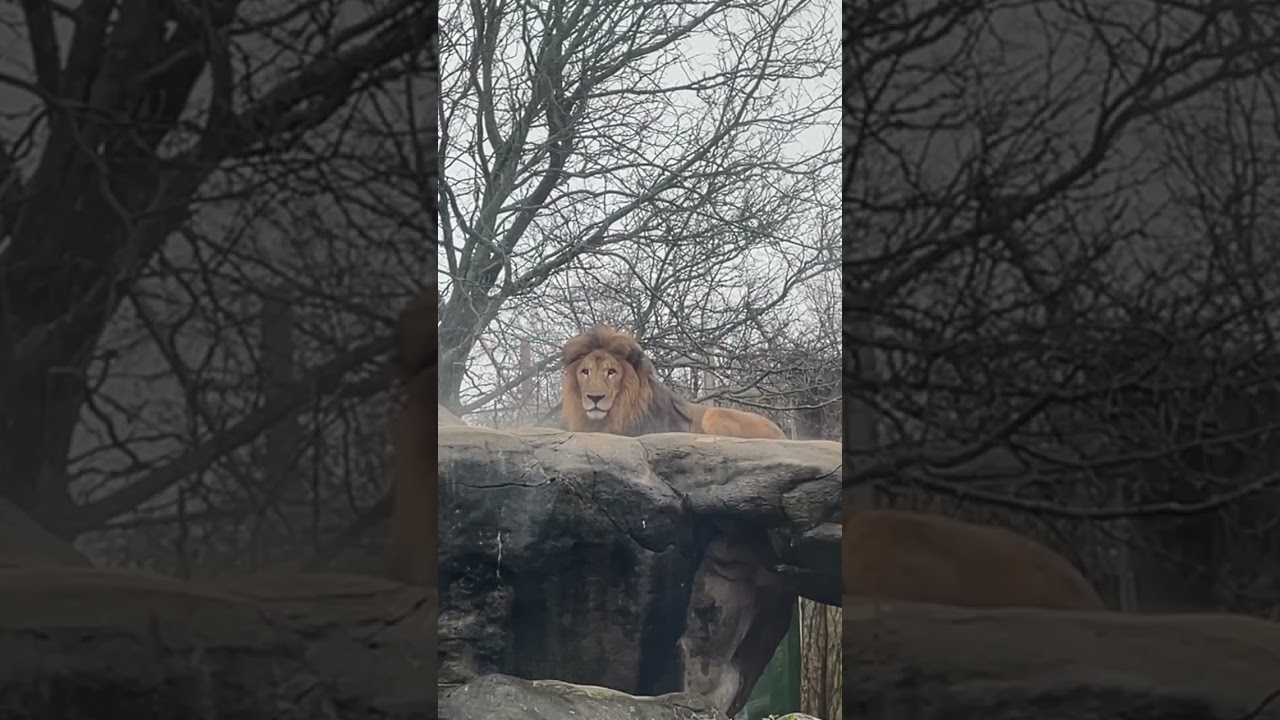- Examining Dinari Lion: A Model of Adaptability in Varied Climates
- Zoology Insights into Lion Behavior and Physiology
- Zoo Management Strategies for Weather Extremes
- Conservation Efforts to Protect the Regal Futurity of Lions
- How Dinari Lion = Regal in All Weather Captures Public Imagination
Lions are iconic creatures known for their majestic presence and social dynamics, enthralling zoologists and conservationists around the globe. The moniker Dinari Lion = Regal in All Weather underscores an inherent tenacity and adaptability that allows these lions to thrive in multifarious climatic conditions. This article explores the breadth of this subject, reflecting perspectives on lion biology, their care and management in zoos, and ongoing conservation efforts aimed at preserving these magnificent species.
Starting with biological insights, the lion’s ability to adapt to different climates rests heavily on their physical and behavioral traits. Physiologically, lions possess thick coats of fur that serve as insulation during colder nights while providing protection from the sun’s harmful rays during the day. Their darker manes absorb sunlight, which can help regulate their body temperature in cooler environments. Additionally, these animals have evolved to handle extensive periods without water, concentrating excreta to preserve bodily fluids. This physiological hardiness complements their behavioral adaptability which includes the practice of communal resting in shaded areas during heat waves to conserve energy.
Understanding lion ecology can further illuminate its survival strategies. Lions are apex predators, meaning they sit at the top of the food chain without natural enemies and play a critical role in the health of their ecosystems. However, environmental stressors such as droughts, habitat loss, and climate change can threaten their survival. Dinari Lion = Regal in All Weather epitomizes their resilience amidst such challenges. Their social structure, featuring a pride of females with a dominant male, facilitates cooperative hunting and rearing of offspring. This social model increases the likelihood of survival during scarce conditions and reflects how evolution has favored a life of collaboration.
The focus of managing lions within the confines of a zoo necessitates a comprehensive approach that addresses both their physical needs and psychological well-being. Creating environments that simulate natural habitats, even amid climatic extremes, requires strategic planning and design. Temperature-controlled enclosures safeguard lions from the vagaries of harsh weather, and foliage and water features within enclosures mimic their natural surroundings, promoting physical and mental stimulation.
Zoo management also grapples with dietary requirements adapted to a more controlled living scenario. The shift from wild prey to prepared diets demands careful monitoring to prevent ailments such as obesity or malnutrition. Enrichment activities play a vital role here, using items and activities that stimulate natural instincts like hunting, thus sustaining a healthy weight and muscular condition. In ensuring public safety, when housed in temperate zones prone to snow or heat waves, zoos equip themselves with systems that efficiently manage climate control, ensuring lions remain comfortable and secure year-round.
The role of zoos transcends just maintenance and care; they are pivotal in education and conservation, with programs that allow visitors to understand the complexities surrounding lion survival. Through campaigns informed by Dinari Lion = Regal in All Weather, zoos can highlight climate-related adversities facing lions while sparking public interest in conservation efforts. Special exhibits combined with interactive discussions can elucidate issues like poaching and deforestation that undermine lion habitats, forging pathways for meaningful public engagement.
Conservation efforts for lions aim to sustain population numbers and protect genetic diversity. The International Union for Conservation of Nature (IUCN) identifies lions as vulnerable species, emphasizing the need for intensive conservation strategies. Programs often involve habitat management, translocation, and breeding in captivity to counter the declining natural presence due to human encroachment and climatic shifts. Successful breeding initiatives contribute to the genetic pool’s robustness and offer prospects of reintroducing captive-born lions into the wild.
Such conservation measures often integrate technological innovations — from tracking collars for ecosystem monitoring to genetic analysis for breeding programs, each tool plays a part in enhancing the efficacy of strategies aimed at lion preservation. Collaborative efforts among nations and environmental organizations have yielded encouraging results, though it is an ongoing battle.
Dinari Lion = Regal in All Weather also taps into the cultural allure of lions, encapsulating their steadfast nature regardless of conditions and gaining traction among modern audiences. Lions have long been symbols of strength and sovereignty, embedded in various cultural legends and contemporary media. This innate fascination is leveraged in conservation messaging to inspire collective action in protecting these emblematic species. Notably, media productions that spotlight lion behavior under diverse conditions contribute to raising awareness and support for their preservation.
The vitality embedded within the theme of Dinari Lion = Regal in All Weather offers profound implications not only for zoology and conservation but also for zoological institutions aiming to engage and educate the public on the importance of environmental stewardship. In painting a complete picture of lion adaptability and resilience, this exploration underlines the ongoing commitment needed to ensure the survival of these magnificent creatures for generations to come. As humans alter their environments, it remains crucial to champion efforts that will protect lions and their habitats, sustaining the intricate balance of ecosystems they govern.
*****
Source Description
When the weather outside is frightful… the animals usually don’t mind.
There are hidden features in the animals’ habitats that help keep them comfy. Dinari stays toasty on his heated rock in rain and snow, or he can duck under the overhang to dry off. That’s how he stays regal in all sorts of winter weather. 👑


